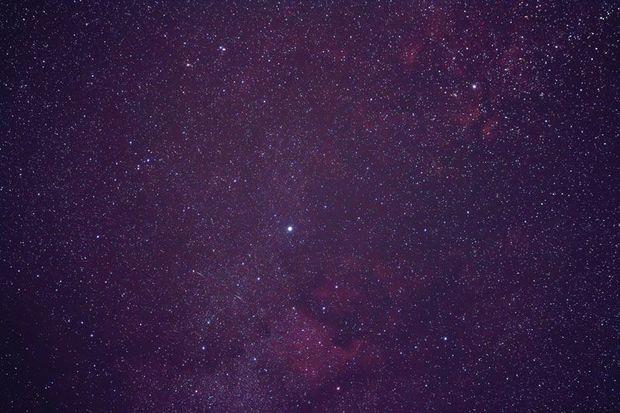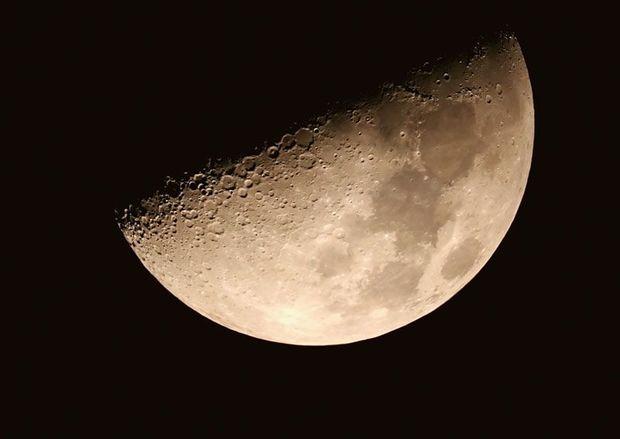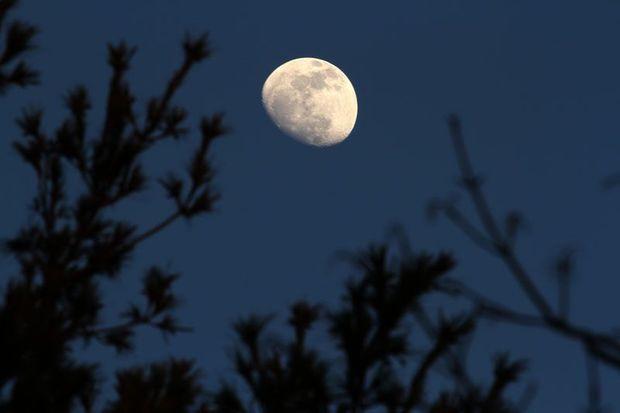Is one of your bucket list items to catch a meteor shower while at anchor? Or maybe even a solar eclipse? This summer, make it happen! There are plenty of upcoming astrological events, just make sure to give yourself enough time to get away from bright city lights.

Total Solar Eclipse: August 21
For the first time in 99 years, a shadow will cross the lower 48 states, coast to coast. As the moon passes before the sun, the shadow it casts will be approximately seventy miles wide. Between the hours of 10:20 a.m. and 2:43 p.m. (local times) the shadow will move from Oregon to South Carolina, travelling almost 2500 miles in about an hour and a half. But in any one spot, the maximum totality of duration will last only about two minutes.
We on the Bay won’t get the “totality” experience, but the sun will appear to be partially obscured all across North America and in Hawaii. If you feel like traveling, Great Smoky Mountains National Park and Columbia, SC, are expected to be great viewing locations (relatively nearby). NASA cautions: “Do not attempt to observe the partial or annular phases of any eclipse with the naked eye,” as this can result in permanent eye damage or blindness.

Full Moon
The next full moon is
August 7: the Sturgeon Moon. Some Native American tribes called the August moon the Sturgeon Moon because sturgeon would be caught in abundance during this time in the Great Lakes and Lake Champlain. It was also known as the “Full Green Corn Moon.”
Perseid Meteor Shower
The American Meteor Society classifies meteor showers into four groups based on intensity: Major, Minor, Variable, and Weak. The next major shower coming up for our region is the Perseids, which run July 13-August 26, with the
peak expected on the night of August 11-12 or night of August 12-13, from late night until dawn. It is considered one of the most popular showers of the year for the Northern Hemisphere, as its meteors are typically fast and bright and frequently leave persistent trains.
In a dark, moonless sky, this shower often produces 50 or more meteors per hour. This year, however, stargazers will have to contend with the glare of the waning gibbous moon which rises at mid-evening. But most Perseid meteors are bright, so it is expected to be a decent show despite the glare of the moon.

Meteor Watching Tips
(Tips courtesy earthsky.org)
- Find a dark, open sky to view the meteor shower.
- When bright moonlight is expected, try and sit within a moon shadow, or consider trying to watch during the early evening hours. You might just catch a rare earthgrazer (a long, slow, colorful meteor traveling horizontally across the early to mid-evening sky).
- Meteors come in spurts, interspersed with lulls; give yourself at least an hour of observation time. Your eyes can take as long as 20 minutes to adjust to the darkness.
- All meteors come from a single point in the sky, in this case the constellation Perseus. If you trace the paths of the Perseids backwards, you’ll find their origin.
- Be patient. Find a comfortable spot, bring a chair or blanket, and just enjoy the night sky.


